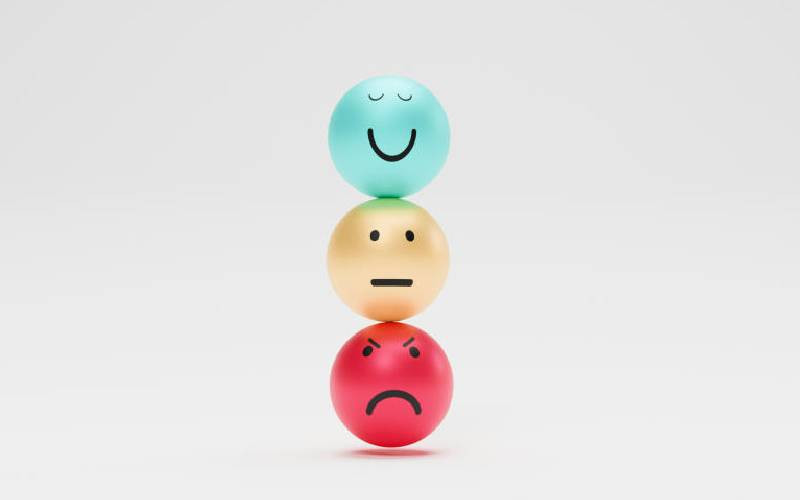Last weekend during a session with our entrepreneurial students on the key components of a business plan, a crucial question emerged on how to differentiate between a company’s users and customers.
At Tangaza, our experience in molding enterprises has shown that you are on the losing end if you are a start-up with users but no customers.
As a start-up, you may still be identifying your revenue streams, so this is the ideal time to wrap your mind around the difference between these two categories of clients. The bottom line is: users use, customers buy.
Creating a distinction between users and customers will help you understand your business better and build a better product. The distinction is simple, but the implications are significant.
Users use your product. They register, log in, push the buttons and enjoy the service. They are the people who day in, day out decide if they love your idea, hate it or lie somewhere in between. Users have needs (both challenges they want to overcome and aspirations). And for many products, users can be divided into segments based on their needs. For example, new users aspire to start quickly and want to experience no hitches, while power users want complex features that give them a feeling of control.
Decision makers
Customers buy your product. They find it, evaluate it, decide to purchase it and ultimately pay for it. No customers for your start-up means you are dead meat.
To understand your customers, you have to understand who is making the decision to buy your product, and it’s often a group, which in business parlance is called a decision-making unit (DMU).
For example, the street vendor on Uhuru Highway may think that he is selling a toy to a child. The child is definitely the user, but the DMU includes the child’s parents, as well as the child. For instance, the child won’t want the toy if it isn’t cool, colourful and fun; the mother is concerned about durability and colour and won’t buy it if it’s made of cheap plastic; and the father will not pay for it if he thinks it’s overpriced.
The biggest implication of this distinction, therefore, is how your market discovery will work.
You need to be thinking about how you will do both customer and user discovery. The goal of customer discovery is to find a market for your product and build something that prospective clients will buy.
The goal of user discovery is to create a product that delights users. Products that users love get far more traction. With this clear distinction in mind, you are at the tipping point of a successful start-up.
 The Standard Group Plc is a
multi-media organization with investments in media platforms spanning newspaper
print operations, television, radio broadcasting, digital and online services. The
Standard Group is recognized as a leading multi-media house in Kenya with a key
influence in matters of national and international interest.
The Standard Group Plc is a
multi-media organization with investments in media platforms spanning newspaper
print operations, television, radio broadcasting, digital and online services. The
Standard Group is recognized as a leading multi-media house in Kenya with a key
influence in matters of national and international interest.
 The Standard Group Plc is a
multi-media organization with investments in media platforms spanning newspaper
print operations, television, radio broadcasting, digital and online services. The
Standard Group is recognized as a leading multi-media house in Kenya with a key
influence in matters of national and international interest.
The Standard Group Plc is a
multi-media organization with investments in media platforms spanning newspaper
print operations, television, radio broadcasting, digital and online services. The
Standard Group is recognized as a leading multi-media house in Kenya with a key
influence in matters of national and international interest.








